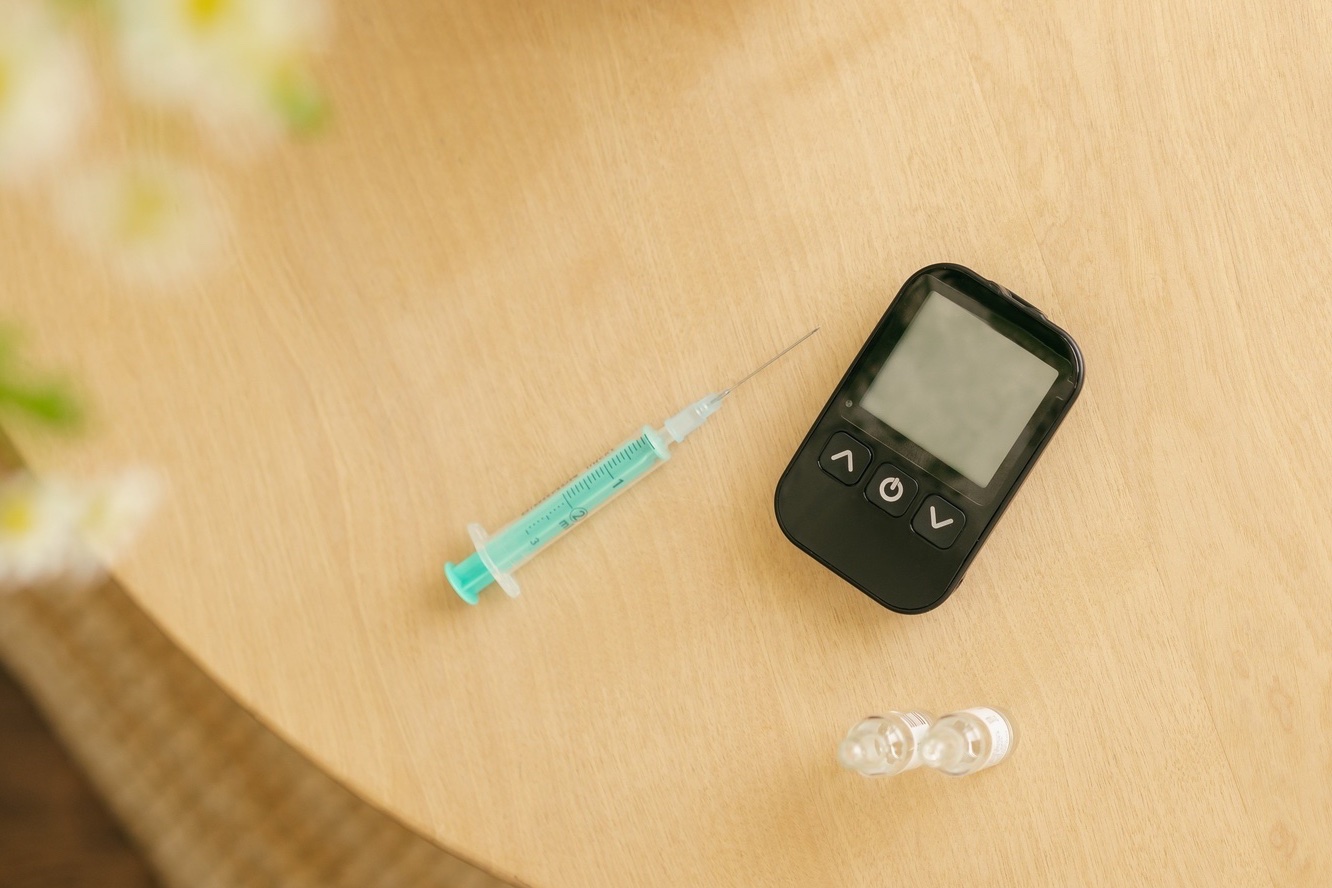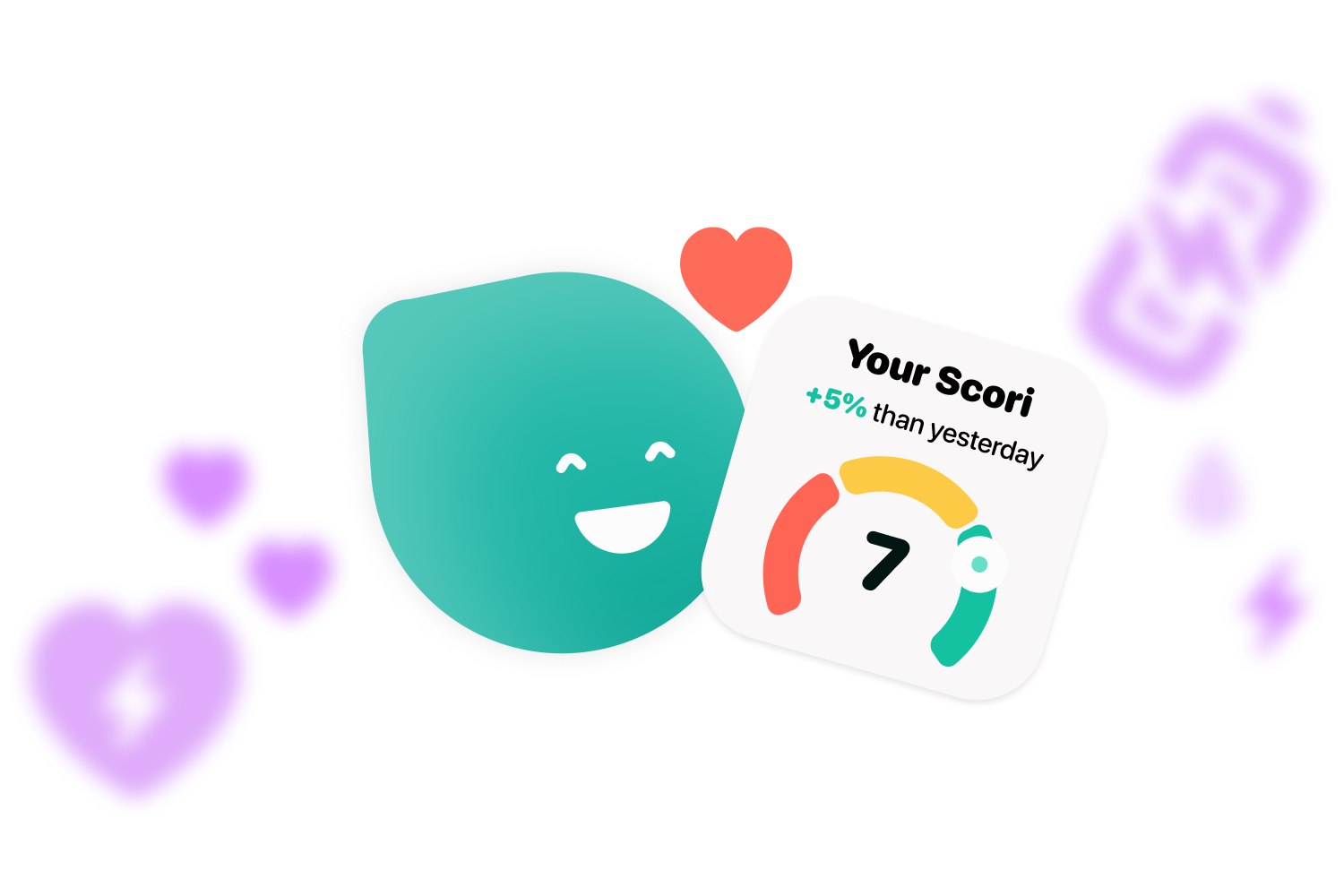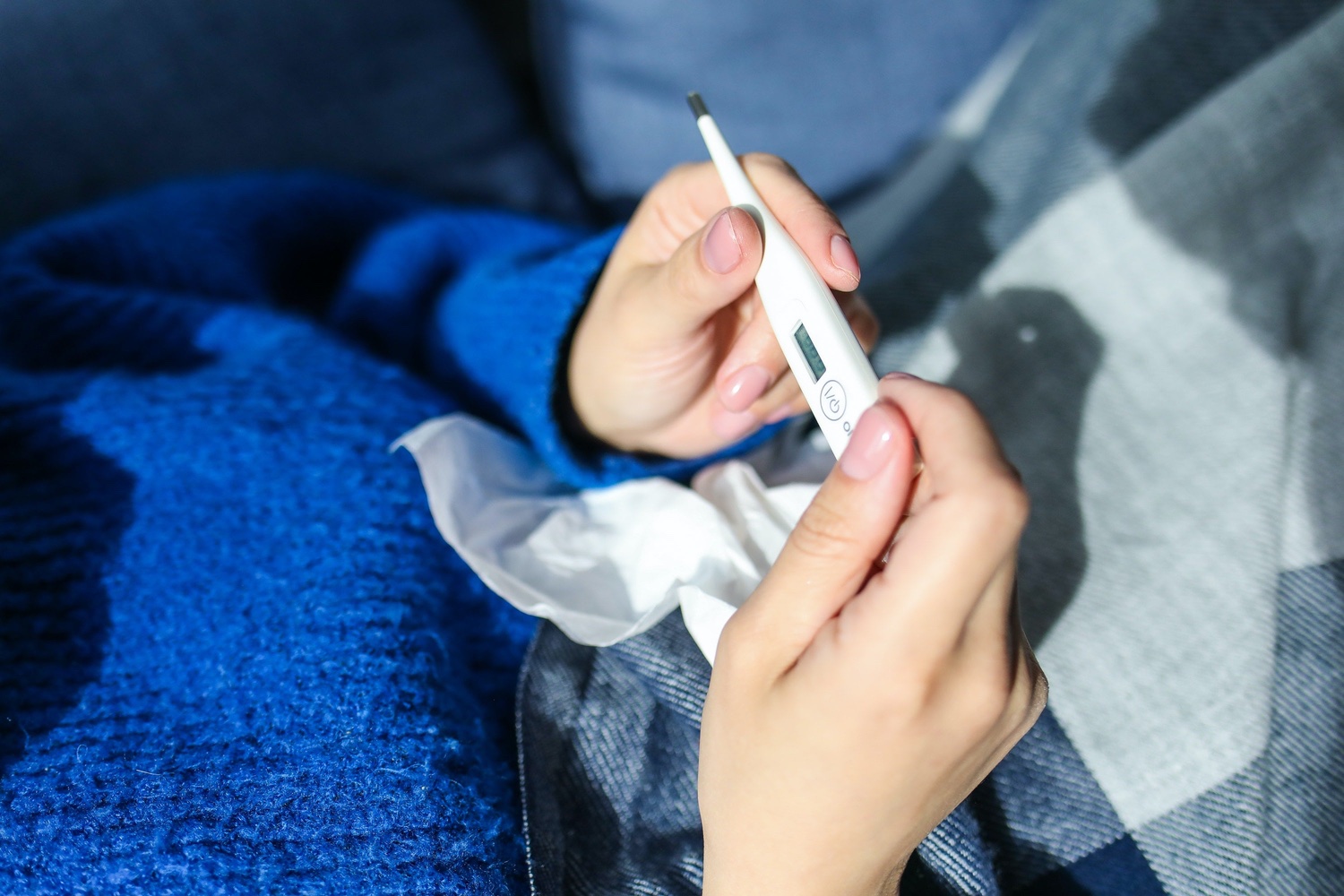Knowing your blood glucose is essential for diabetes. Based on them, you can control both hypo and hyperglycemia that can lead to further complications. It’s usually the first question asked of your doctor. Which blood sugar levels do I have to have? When am I in range?
Blood glucose varies throughout the day. Blood sugar levels are usually lowest in the morning or after a period of fasting. And these levels rise during and after meals, as the body digests food.
According to the ADA, monitoring blood sugar levels helps people stay within their target ranges. This helps prevent long-term diabetes complications such as vision loss, heart or kidney disease. That is why it is very important that you have a global vision of your glucose data and analyze it with Cori.

Become a diabadass!
Join our weekly newsletter and learn
all the tips and tricks.
People with diabetes are especially vulnerable to the dangers of colds and the flu, but there are things you can do to control your symptoms and avoid getting sick in the first place. You may maintain your health even when you’re feeling under the weather by constantly monitoring your blood sugar levels, staying hydrated, getting enough of rest, and adhering to your diabetes management plan. Additionally, you may lower your risk of getting sick and safeguard yourself from any problems by maintaining proper cleanliness, being vaccinated, and generally maintaining good health. Make sure to discuss any worries you may have with your healthcare team for advice and support if you have diabetes and are worried about managing colds and the flu.
The goal for the diabetic is always to bring their blood sugar levels as close as possible to those of people without diabetes. Which are usually between 72 and 140 milligrams of glucose per deciliter of blood mg/dl.
However, people with diabetes tend to have somewhat higher blood glucose. Close to 80-180 mg/dl.
| Time of the day | Blood sugar level person without diabetes | Blood sugar level person with diabetes |
| Before food or on an empty stomach | 72–99 mg/dL | 80–130 mg/dL |
| 2 hours after the start of a meal | Less than 140 mg/dL | Less than 180 mg/dL |
| A1C Results: Average Over a 3-Month Period | Less than 5.7% | Less than 7% |
Abnormal blood sugar levels
Abnormal sugar levels are those that occur when there is too much or too little sugar in the blood. The ranges for a diabetic patient are:
- Hypoglycemia: Or low blood sugar: 70 mg/dl or less blood sugar
- Hyperglycemia: Or high blood sugar level: More than 18 mg/dl of blood glucose
What is a blood glucose test?
There are two ways to measure blood glucose, the current level and the average.
- Blood sugar test: Measures the current blood glucose level or that of the last 8 hours depending on whether it is performed with a blood sugar meter or a continuous glucose monitor.
- A1C Test: Measures your average blood glucose level over the past 3 months. It must be done with a blood test in the laboratory.
If you want to know more about how to take care of your diabetes, don’t forget to follow us on Instagram, Twitter, Facebook or LinkedIn.




